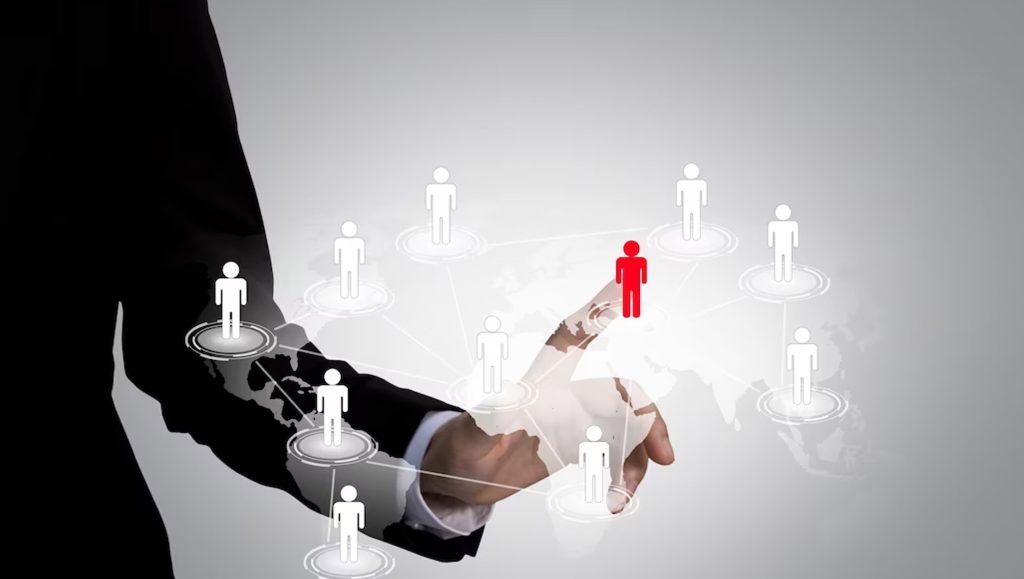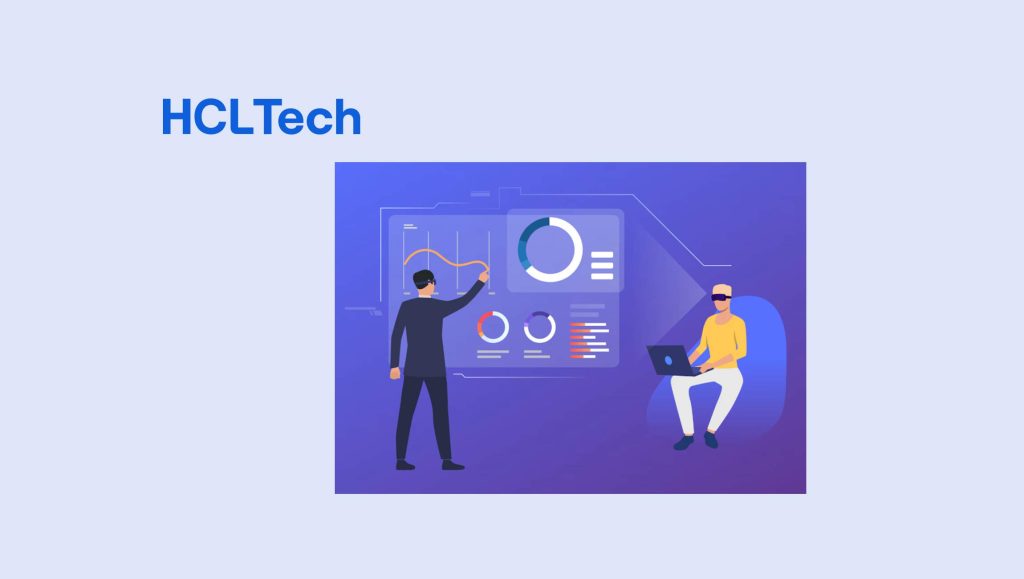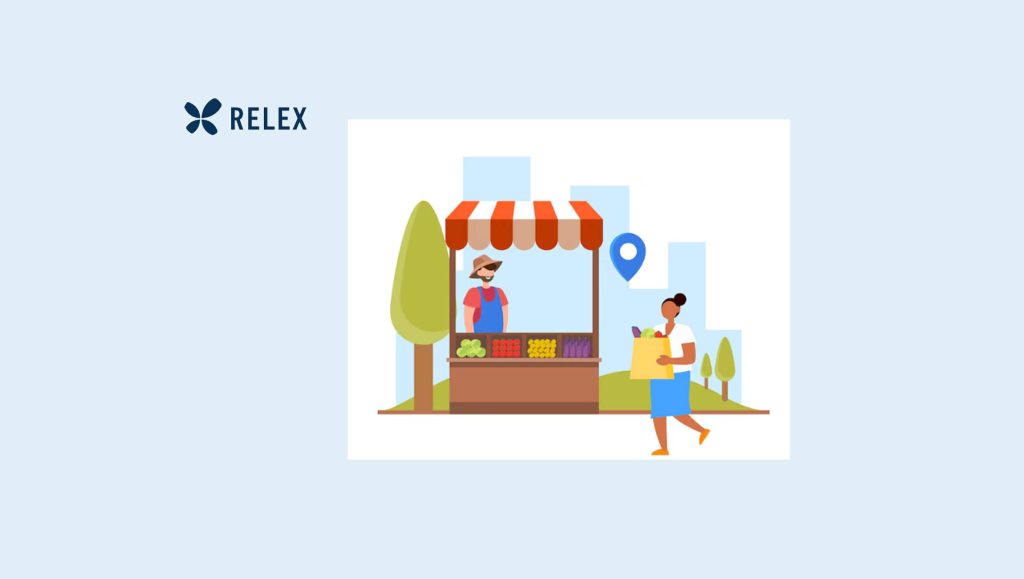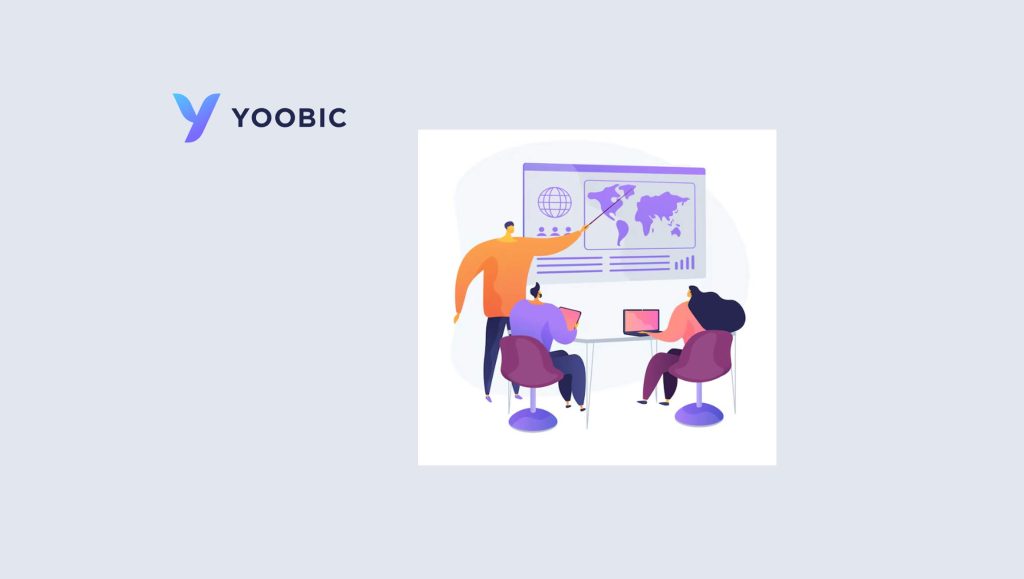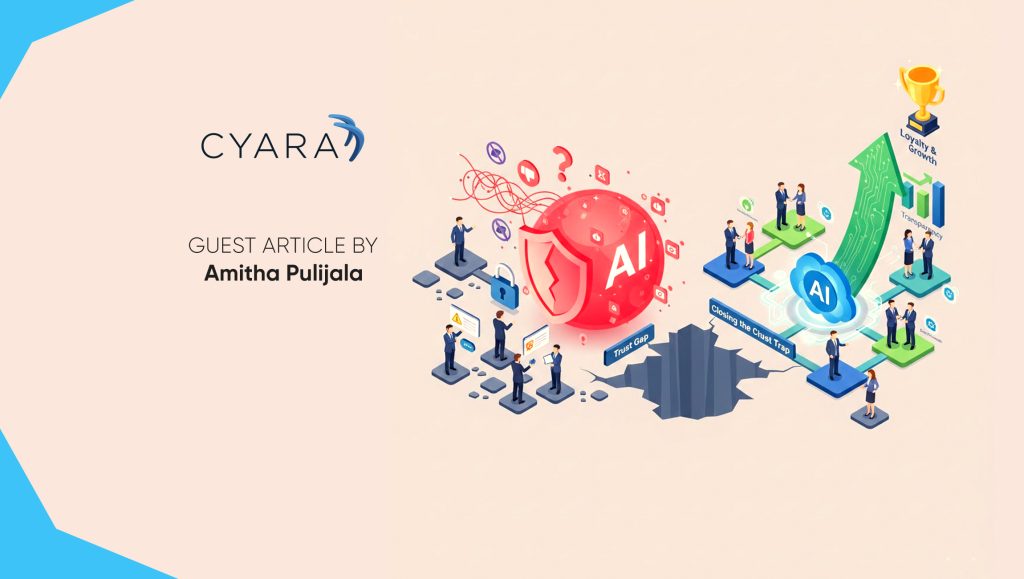Evergage’s Annual Research Report, Conducted With Researchscape International, Shows Machine-Learning Personalization is on the Rise – Expanding Opportunities for 1-to-1 Engagement
As organizations seek to drive better relationships with their customers and prospects across channels, the question is no longer if they should deploy personalization but how. Equally fascinating is the why behind their efforts. A newly released, annual study from Evergage and Researchscape International shows that delivering better customer experiences is the primary driver for personalization – cited by 9 out of 10 marketers (88%) as the main impetus for their programs.
Other key motivators for personalization – that is, tailoring communications or experiences based on information learned about an individual – include increasing customer loyalty (59%), generating measurable lift/ROI (50%) and driving more leads (44%).
“While personalization delivers demonstrable hard benefits, it’s interesting – and important – that they’re not the primary triggers for personalization investments,” said Andy Zimmerman, chief marketing officer, Evergage. “Instead, there’s a great appreciation for the fact that being genuinely helpful, removing points of friction, increasing relevance, and making people feel acknowledged and valued are simply good for business. Companies overwhelmingly recognize that personalization is an inextricable part of a good customer experience and want to deliver on that.”
Evergage’s “2019 Trends in Personalization” study, conducted in concert with Researchscape International, is Evergage’s sixth annual report on the pulse of personalization. The often-cited study examines where, how and why companies use personalization, including benefits and challenges experienced. This year’s data reflects the input of 314 marketing professionals who participated in an online survey in February and March 2019, and hailed from companies of varying sizes and across industries.
Read More: Uniphore Appoints Annie Weckesser as Chief Marketing and People Officer
Moving Toward Individualization
Even a decade ago, online personalization created only 1-to-manyexperiences: that is, one experience delivered to many people based on their shared characteristics (e.g., first-time visitors, high-volume blog readers, shoppers in a particular geography, etc.) and deployed via manually created rules.
Data shows that, increasingly, companies are seeking to put the individual person at the center of personalization. By applying artificial intelligence (AI) in the form of machine-learning personalization, marketers are able to communicate instantaneously and automatically at the1-to-1 level.
- 4 in 10 marketers (40%) employ machine-learning personalization, using algorithms and predictive analytics to dynamically present recommendations and experiences tailored to individual audience members. This is a 54% increase over last year’s results.
- Among those not yet using machine-learning personalization, 42% plan to do so in the next year.
- Nearly 7 in 10 marketers (68%) deploy rule-based personalization, delivering experiences to segments of people based on the manual creation and manipulation of business rules. (e.g., “If someone falls into this segment, then show experience X.”)
“Segments are still a very important way to power personalization, and that approach isn’t going away,” said Karl Wirth, Evergage CEO and author of the award-winning book “One-to-One Personalization in the Age of Machine Learning.” “But there’s a limit to how granular you can get, both with your segments and with experience delivery. Machine learning, in contrast, empowers marketers to act on data in an individual’s profile and, faster than the blink of an eye, transmit the most relevant experience possible – whether the person is a known or anonymous visitor, and whether they’re on your website, in your app, receiving your triggered or batch email, receiving a push notification, dialed into your call center, at your kiosk, etc. With algorithms that keep getting smarter, machine learning delivers on the promise of 1-to-1 communications – across channels and in a scalable way.”
Read More: Sales Technology Bulletin Covering the Week Gone By
Personalization Benefits Achieved
Generic content and cookie-cutter experiences are often a turn-off. In fact, nearly 9 in 10 marketers (85%) say their customers have come to expect experiences that are personalized to them.
And when marketers execute, they see and cite a variety of benefits. Nearly all (98%) note that personalization advances their customer relationships – with 7 in 10 (70%) describing the impact as “strong” or “extremely strong.” Among those marketers who employ machine-learning personalization, 78% described personalization’s impact on customer relationships as “strong” or “extremely” strong.
Marketers described other ways personalization has benefited their organizations. Nine in 10 marketers (90%) report a measurable lift in business results, attributable to personalization, and 58% say that lift is greater than 10%. Among marketers who use machine-learning personalization, 77% see a lift greater than 10%.
Additional benefits organizations have experienced from personalization campaigns include:
- Increased conversion rates (61%)
- Increased visitor engagement (59%)
- Improved customer experience (56%)
- Increased lead generation/customer acquisition (56%)
In all four areas above, percentages among machine-learning personalization users were appreciably higher.
Likely due in part to achievements such as these, 74% of marketers think personalization should be a bigger priority in their organizations. In addition, nearly half (48%) say their budget for personalization will increase in the year ahead (49% say it will remain the same).
Do Companies Make the Grade?
Organizations stand to realize even greater benefits as their use of personalization matures. Many marketers feel their companies’ usage of personalization still just scratches the surface:
- Personalization report card: 65% of marketers give their company’s personalization efforts a “C” grade or below (the same percentage as last year). In addition, 68% think the industry isn’t getting personalization right.
- Solid strategy? Fewer than 2 in 10 marketers (18%) are “very” or “extremely” confident that their organization has a successful strategy for personalization. (40% are “moderately” confident.)
- Personalization maturity: Only 1 in 10 marketers (10%) say their organization’s personalization maturity is “advanced” or “best-in-class.” In fact, 51% say it’s “limited” at best.
- Desire to delve deeper: Only 16% of marketers are “very” or “extremely” satisfied with the level of personalization in their company’s marketing efforts. Half (50%) say they’re “slightly” satisfied or “not satisfied” at all.
Read More: AdGreetz Launches First, Fully-Automated & Integrated Marketing Platform, AdChef
Challenges Persist
As organizations seek to apply personalization more easily, pervasively and cohesively, they cite challenges they’re looking to overcome. Common obstacles include:
- ‘Connecting the dots’ on the customer journey – 74% of marketers say their company has a “a few” or “no” channels connected – impeding relevant data delivery from one touchpoint to the next and preventing customers from “picking up where they left off.” While this is on par with last year’s results, there are some bright points – as those with “no” channels connected at all dropped to 21% from 27% last year.
- Data difficulties – 45% of marketers say they don’t have the data and insights they need to power effective personalization. This is down from 55% in last year’s results – so while there’s clearly work to be done in terms of collecting, synthesizing and activating data, marketers are making headway.
Additional challenges to making personalization a greater priority include:
- Lack of personnel – 46%
- Lack of budget – 43%
- Lack of knowledge/skills – 38%
- Lack of organizational alignment – 32%
“The good news is, none of these challenges are insurmountable,” Zimmerman said. “And rather than tackle everything at once, many organizations find the greatest success when they start small – pursuing easy, initial wins and then moving onto bigger projects with greater confidence. While it’s true, too, that your personalization is only as good as your data, you don’t need to clean up all your data before starting to personalize. Take that same crawl-walk-run approach: start and succeed in one channel, then move on to the next.”
Types of Usage
Marketers described the various ways they apply personalization:
- Channels used – Digital marketers today employ personalization in their emails (78%); on their website (58%); in person, such as through store associates and kiosks (42%), in online advertising (35%); and in their mobile apps (28%) and web apps (19%).
- Top criteria used – Marketers report personalizing content and experiences based on campaign source (49%), pages/content viewed (35%), email opens (34%), products purchased (33%), email clickthroughs (32%), demographics (32%), clicks (30%), geolocation (28%), stage of customer journey (27%) and previous visit behavior (26%).
- Personalization formats – Marketers show a preference for delivering more seamless, unobtrusive and subtle personalized experiences. Inline content (enabling marketers to dynamically insert sections of content on a page, screen or email) topped the list of personalization formats employed, relied on by 50% of marketers. Other formats include banners (47%); callout messages, which draw attention to features or areas of a page (38%); and pop-ups (31%).
- Email personalization – Marketers have an opportunity to go deeper in how they apply personalization in email campaigns. The majority personalize their email campaigns by including the recipient’s first name and/or company name in the subject line (75%), reflecting more basic usage. Others provide personalized product or content recommendations by audience segment (56%) and tailored messaging by audience segment (56%). Roughly 1 in 3 (31%) provide product or content recommendations at the individual level, and 1 in 5 (21%) tailor messaging or promotions based on the individual recipient. Importantly, almost half of marketers (45%) note they automatically trigger emails based on visitor/user behaviors – up from 35% last year.



